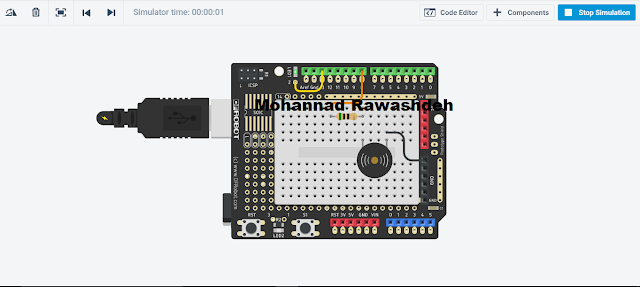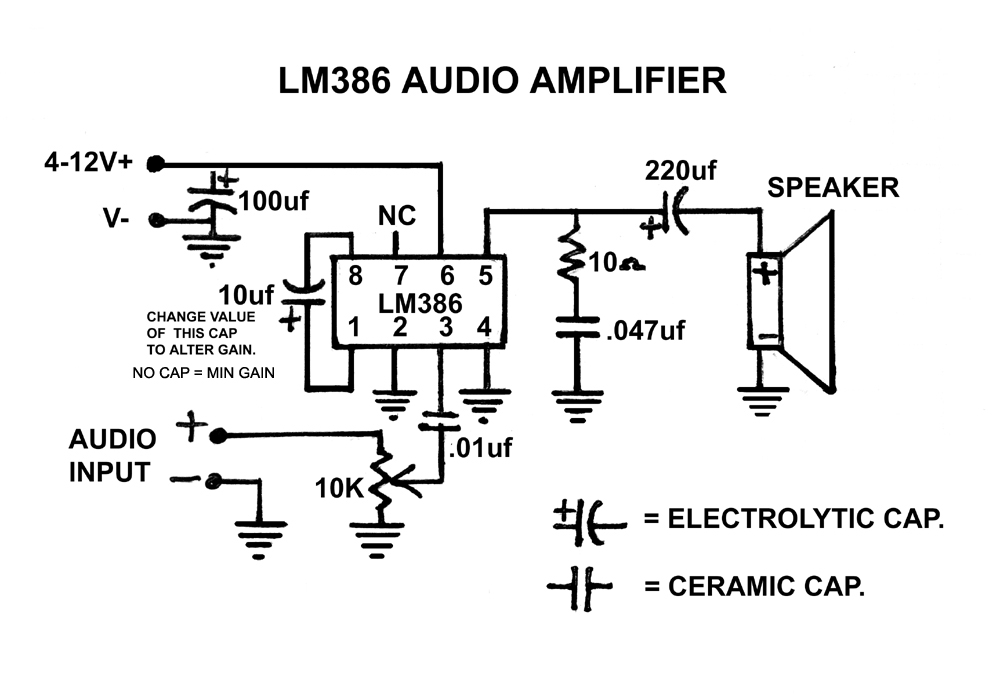

- ARDUINO TONE EXAMPLE HOW TO
- ARDUINO TONE EXAMPLE SOFTWARE
- ARDUINO TONE EXAMPLE CODE
- ARDUINO TONE EXAMPLE PC
- ARDUINO TONE EXAMPLE SERIES

I am the first and only Steem Community-Driven Witness.
ARDUINO TONE EXAMPLE CODE
ARDUINO TONE EXAMPLE SOFTWARE
Step 2: Software Connection from Arduino Nano to Buzzers The loop () routine will make this run again and again making a short beeping sound.
ARDUINO TONE EXAMPLE HOW TO
This example shows how to use the tone () command to generate a pitch that follows the values of an analog input. Be sure to try out the RTTTL (RingTone Text. The pin can be connected to a piezo buzzer or other speaker to play tones. A duration can optionally be specified, otherwise the wave continues until stop () is called. Play a pitch on a piezo speaker depending on an analog input. This is an Arduino Library to produce square-wave of the specified frequency (and 50 duty cycle) on any Arduino pin. Tutorial Contents Let's Start Step 1: Physical connection of the buzzer to the Arduino Nano Pitch follower using the tone () function.
ARDUINO TONE EXAMPLE PC
I'm using buzzer in this project because i'm testing and experimenting how buzzer is able to create tone and how it could create different variations of sound.īuzzers are really helpful for our daily uses such as for our securities for alarming devices and entertainment for it create music also. You can’t play multiple tones at the same time, however. Typical uses of buzzers and beepers include alarm devices,timers and confirmation of user input such as a mouse click or keystroke. Note: These Tone examples will play simple tones on any Arduino board. One kilohertz is one-thousand-times-per-second, abbreviated 1 kHz.Buzzer/Speakers(Tone Application-Jingle Bell Tone)Ī buzzer or a beeper is an audio signalling device, which may be mechanical, electromechanical, or piezoelectric. The human ear is able to detect frequencies in a range from very low pitch (20 Hz) to very high pitch (20 kHz or 20,000 Hz). We don’t want the servos to start moving until the tone is done playing, so the tone command is followed by delay(1000) to let the tone finish before the sketch can move on to servo control.įrequency can be measured in hertz (Hz ) which is the number of times a signal repeats itself in one second. The tone function continues in the background while the sketch moves on to the next command. The tone will last for 1000 ms, which is 1 second.
ARDUINO TONE EXAMPLE SERIES
That will make pin 4 send a series of high/low signals repeating at 3 kHz (3000 times per second). The start-alert tone we’ll use is: tone(4, 3000, 1000) This piezospeaker is designed to play 4.5 kHz tones for smoke alarms, but it can also play a variety of audible tones and usually sounds best in the 1 kHz to 3.5 kHz range.

We’ll be using the second option since we don’t need the tone to go on indefinitely. For a new project with Arduino I need to generate an alarm tone that needs to increase in amplitude over time if the user doesnt take action. The other allows you to specify pin, frequency, and duration (in milliseconds). One allows you to specify the pin and frequency (pitch) of the tone. There are two options for calling the tone function. True to its name, this function send signals to speakers to make them play tones. The next example sketch tests the piezospeaker using calls to the Arduino’s tone function.


 0 kommentar(er)
0 kommentar(er)
